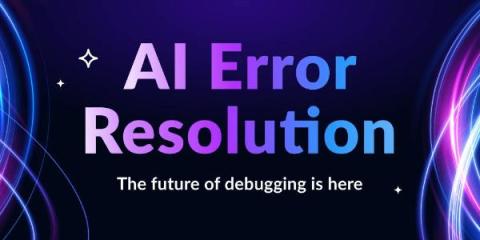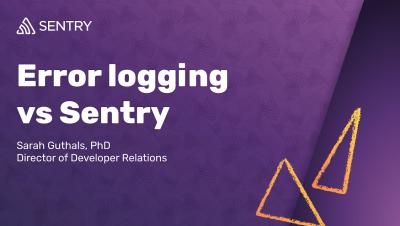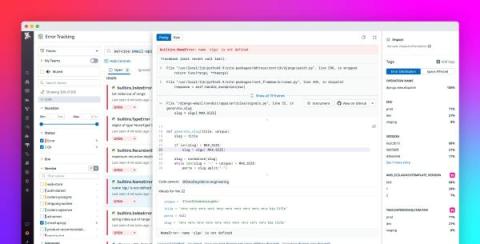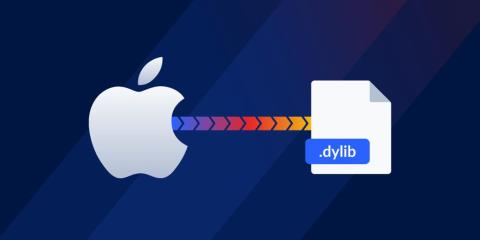Seamless error monitoring with Spring Boot and Raygun
This guest post comes from long-time Raygun customer Midtrans, a leading payment gateway in Southeast Asia. As Midtrans grew, so did the number of applications requiring error monitoring. To tackle the challenges of scaling and standardizing Raygun across multiple teams and services, they created a custom Spring Boot starter for Raygun. Now, Midtrans is excited to share this open-source Spring Boot auto-configuration with the community.











